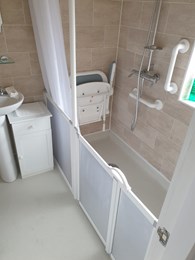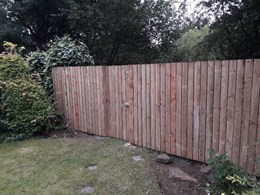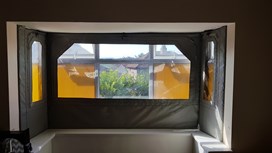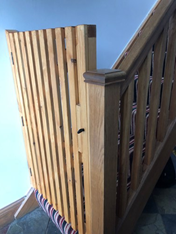If you are struggling to care for your child or keep your child safe due to your physical home environment please get in touch with the Accessible Homes Team on 01484 225 335.
You can also email them at AHT@kirklees.gov.uk
We accept self-referrals from parents & carers so you can call to speak to our duty officers from Monday – Friday 10:00- 15:00 to submit a referral on behalf of your child. Our duty officers will ask you for information regarding your child’s medical diagnosis and a brief summary of the issues that are experienced at home. Once the referral is received it will be allocated to a member of the paediatric assessment team who will get in touch with you to arrange an assessment (this may now take place over the phone).
The team can also accept referrals over the phone for young people over 18’s from the person themselves.
During the assessment the assessor will aim to gain a more in-depth picture of your child’s function within the home. This will include asking about your child’s mobility and behaviours. This will be a time for you to discuss with us your concerns and help us understand your child better so we can suggest the best solutions for your child and your family. It may be a simple solution which is needed or a more complex solution which could involve building works within the property.





